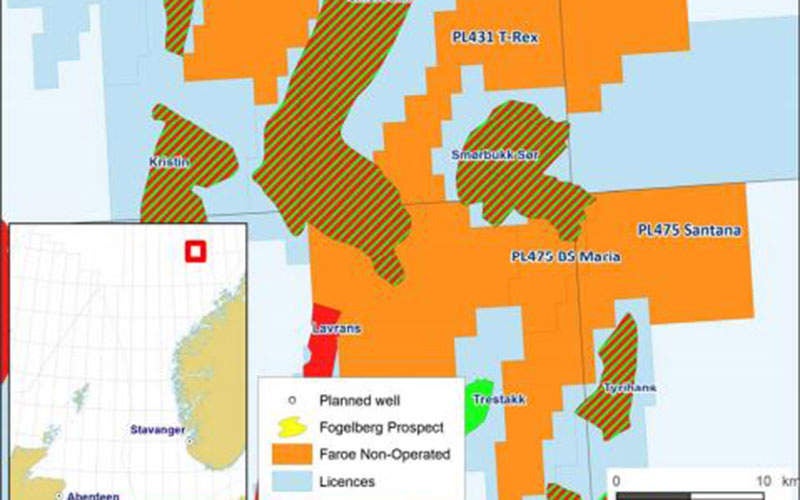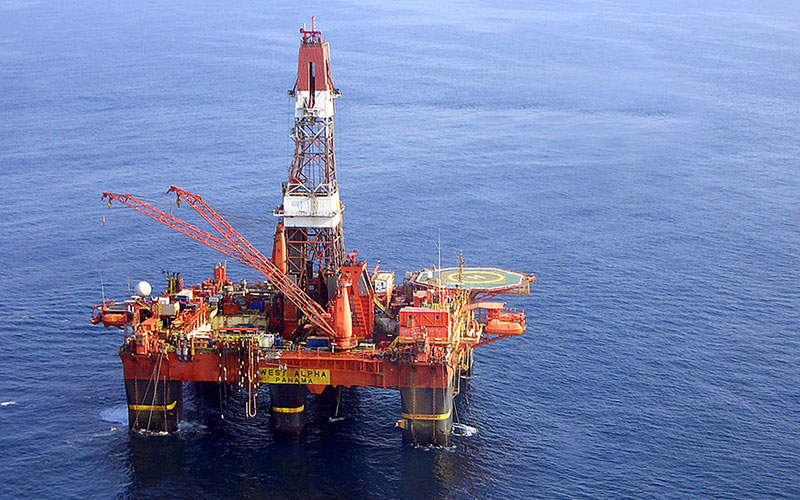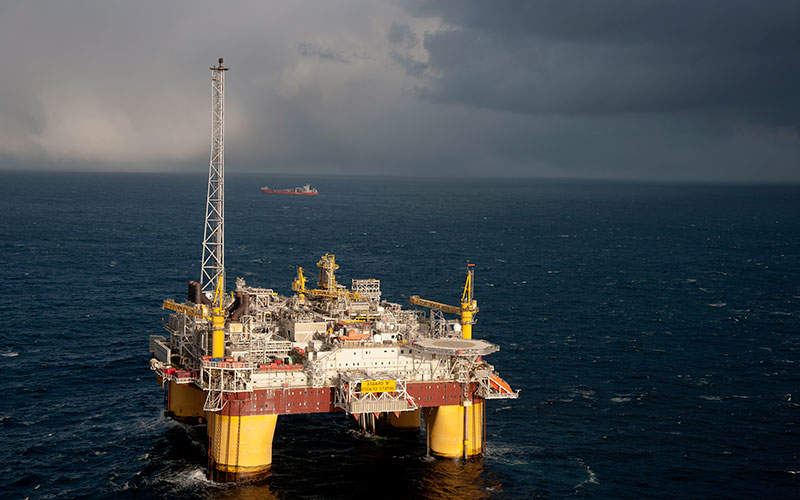Fogelberg Gas and Condensate Field is located in blocks 6506/9 and 6506/12 in the southern part of the Norwegian Sea on the Norwegian continental shelf. It lies 170km north-east of the archipelago Froan in Sør-Trøndelag and roughly 200km from the mainland.
Discovered in 2010, the field is situated in a water depth of approximately 280m. Gas production for the initial two years is estimated to be between 4.5 million standard cubic metres a day (Sm³/d), whereas condensate production will be approximately 900Sm³/d.
Centrica Resources Norge operates the field, holding a 50% interest, while the non-operating partners are Faroe Petroleum and E.ON Norge with a 25% interest each. To be developed at an estimated cost of NKr7bn ($800m), the field is expected to start production in 2020.
Fogelberg gas and condensate field discovery and geology
Fogelberg field was discovered in 2010 in production license (PL) 433 by exploration well 6506/9-2S. West Alpha semi-submersible drilling rig was employed to drill the discovery well approximately 100m into the Åre formation.
Permit PL433 was given to the original owners Centrica Resources, Petro-Canada Norge and Faroe Petroleum Norge in 2007.
The discovery well successfully confirmed the presence of gas and condensate in sandstones in Garn and Ile formations of the Upper to Middle Jurassic age. Reservoirs in the Garn and Ile formations are located at Fogelberg reservoir, a high-pressure, high-temperature (HPHT) reservoir that contains between 600 billion and 2,400 billion standard cubic metres of gas, and between 1.3 billion and 5.8 billion standard cubic metres of condensate.
The gas/condensate ratio is 5,147Sm³ gas / Sm³ condensate, while H2S concentration is estimated to be less than 15ppm.
Fogelberg gas and condensate field development details
The field is planned to be a subsea development with flowlines and umbilical tied-in to Åsgard B platform that lies 18km to its north.
The well stream will be processed at the host platform and transported to Kårstø via the existing transportation system or to Nyhamna via the Polarled pipeline.
A total of three subsea wells will be drilled and tied back to the Åsgard B platform. A moored semi-submersible drilling rig will be used to drill three production wells and one drilling centre.
Top sections will be drilled using water-based drilling mud, and lower sections using oil-based drilling mud.
Project timeline
Subsea facilities are planned to be installed in 2017-2018 with drilling campaign expected to begin in mid-2018 and continue for 12 months until mid-2019. It will be followed by a four-month completion period with production scheduled to start in 2020.
Key players involved
Verification study on the Fogelberg development was provided by Norconsult and included cost estimating services based on input from concepts prepared by others and compared with existing cost estimates.
A contract for engineering services has been awarded to Petrolink that involves work on five field development projects operated by Centrica Energy including the Fogelberg field. The scope of work includes engineering, start-up and operations support, as well as project management and administration. Petrolink’s new office premises at Forus, Stavanger, will be used for project execution.










